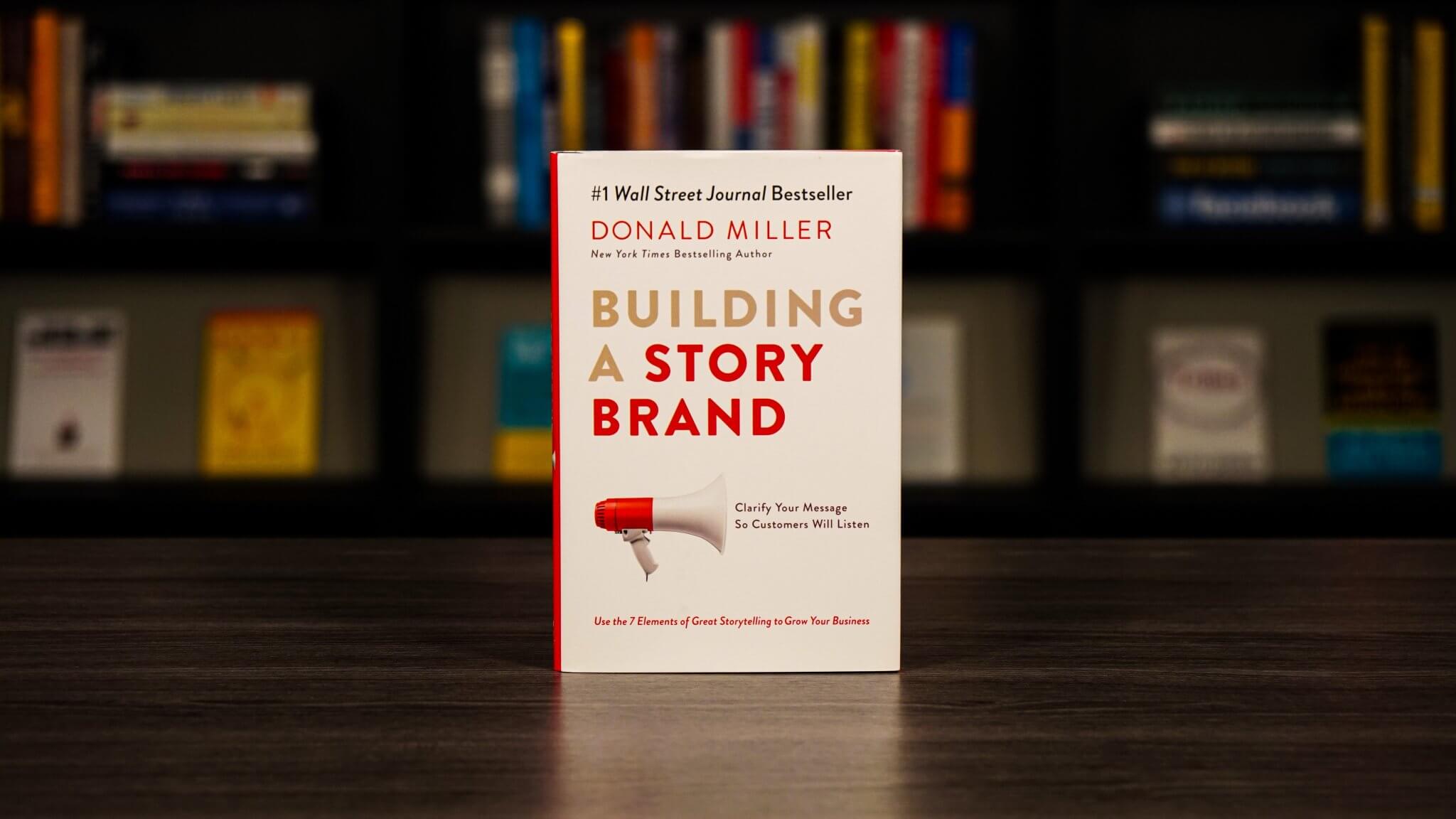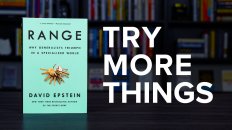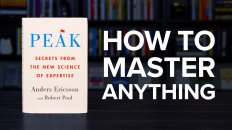Many businesses struggle to convert prospects into paying customers. Their marketing materials fail to communicate the unique value of their products or services. Building A StoryBrand can transform your results by helping you clarify your message so customers will listen.
This book is for marketers, copywriters, and anyone else that want to communicate with customers more effectively. The StoryBrand 7-Part Framework uses the universal elements of storytelling to improve brand messaging. It can change the way you talk about who you are, what you do, and the value that your business delivers.
1. Use Story To Clarify Your Message
Customers are drawn towards clarity and away from confusion. The StoryBrand framework takes advantage of a well-worth path in the human brain. It puts everything into a specific order so customers don’t have to work hard to understand how a product or service might benefit them.
Here’s the universal structure behind nearly every Hollywood movie: a character who wants something encounters a problem before they can get it. At the peak of their despair, a guide steps into their lives, gives them a plan, and calls them to action. That action helps them avoid failure and ends in success. Examples include: Star Wars, The Hunger Games, The King’s Speech, and many more.
The StoryBrand framework follows seven similar steps. It will help you: identify what your customer wants, define the problem they are facing, position your brand as a guide, provide customers with a plan, call them to take action, avoid potential failure, and define what success will look like after using your solution.
2. Don’t Be The Hero, Be The Guide
Customers aren’t looking for a hero, they’re looking for a guide. The fatal mistake some brands make is they position themselves as the hero in the story. Always position your customer as the hero and your brand as the guide. A brand that positions itself as the hero is destined to lose.
The two things a brand must communicate to position themselves as the guide are empathy and authority. A guide expresses an understanding of the pain and frustration of their hero. The day we stop losing sleep over the success of our business and start losing sleep over the success of our customers is the day our business will start to grow again.
3. Identify Your Customer’s Internal Problems
Every story is about somebody who is trying to solve a problem. When we correctly identify our customers’ problems they recognize us as a brand that understands them. The more we talk about the problems they experience, the more interest they will have in our brand.
Companies tend to sell solutions to external problems, but customers buy solutions to their internal problems. Therefore it’s best to position products and services in a way that helps people survive, thrive, be accepted, find love, achieve an aspirational identity, or address another internal need.
If we can identify the relevant internal need, put it into words, and offer to resolve it along with their external problem, something special happens. We bond with our customers because we’ve positioned ourselves more deeply into their narrative.
4. Participate In Their Transformation
The desire to transform is the driving force behind nearly every decision we make. Whether we’re buying lawn furniture or choosing a mate, we can’t escape it. Everybody wants to be somebody different, somebody better, or, perhaps, somebody who simply becomes more self-accepting.
A few important questions we have to ask ourselves when we’re representing our brand are: Who does our customer want to become? What kind of person do they want to be? What is their aspirational identity?
The best way to identify an aspirational identity that our customers may be attracted to is to consider how they want their friends to talk about them. Think about it. When others talk about you, what do you want them to say? How we answer that question reveals who it is we’d like to be.
As it relates to your brand, how does your customer want to be perceived by their friends? And can you help them become that kind of person? Can you participate in their identity transformation? Once we know who they want to be, we will have language to use in emails, blog posts, and other marketing materials.
5. Create A One-Liner For Your Business
A one-liner is a new and improved way to answer the question “What do you do?” It’s more than a slogan or tagline; it’s a single statement that helps people realize why they need your products or services. To craft a compelling one-liner, employ a distilled version of the StoryBrand Framework.
Use the following four components: (1) The Character, (2) The Problem, (3) The Plan, and (4) The Success. You simply want to communicate these four ideas. Who is your customer? What is their problem? What is your plan to help them, and what will their life look like after you do?
For example, a business that would normally use a generic one-liner like “I run a gym” might do this:
- The Character: Moms
- The Problem: Busy schedules
- The Plan: Short, meaningful workouts
- The Success: Health and renewed energy
- “We provide busy moms with a short, meaningful workout they can use to stay healthy and have renewed energy.”
Consider your first one-liner a rough draft. Write it down and test it repeatedly. Run it by your friends, your spouse, potential customers, even strangers standing in line at Starbucks. Do people look interested? Do they completely understand what you offer? If so, you’re on the right track. When they start asking for your business card or for more information, you’ve really dialed it in.
After The Building A StoryBrand Book Summary

This book summary of Building A StoryBrand covered five valuable insights. However, it’s not meant to be a substitute for reading the book. That’s because the original text provides a much richer and more detailed learning experience.
So, if you’re a marketer, copywriter, or anyone else interested in communicating with customers more effectively consider picking up a copy of the book. Building A StoryBrand is available from Amazon and Apple Books.
Are you looking for another great book? Consider checking out the best digital marketing books or the best social media marketing books to find your next great read.


